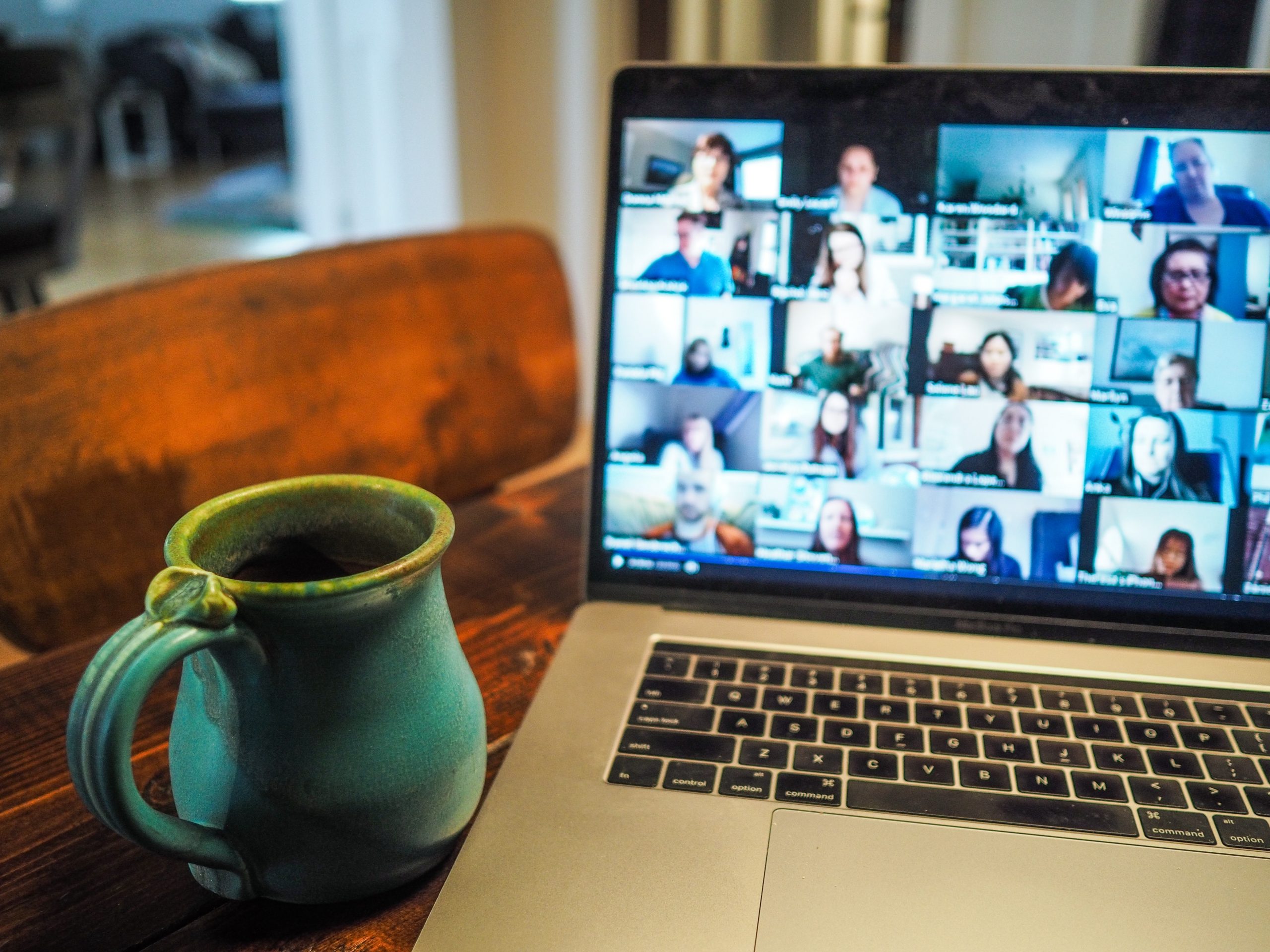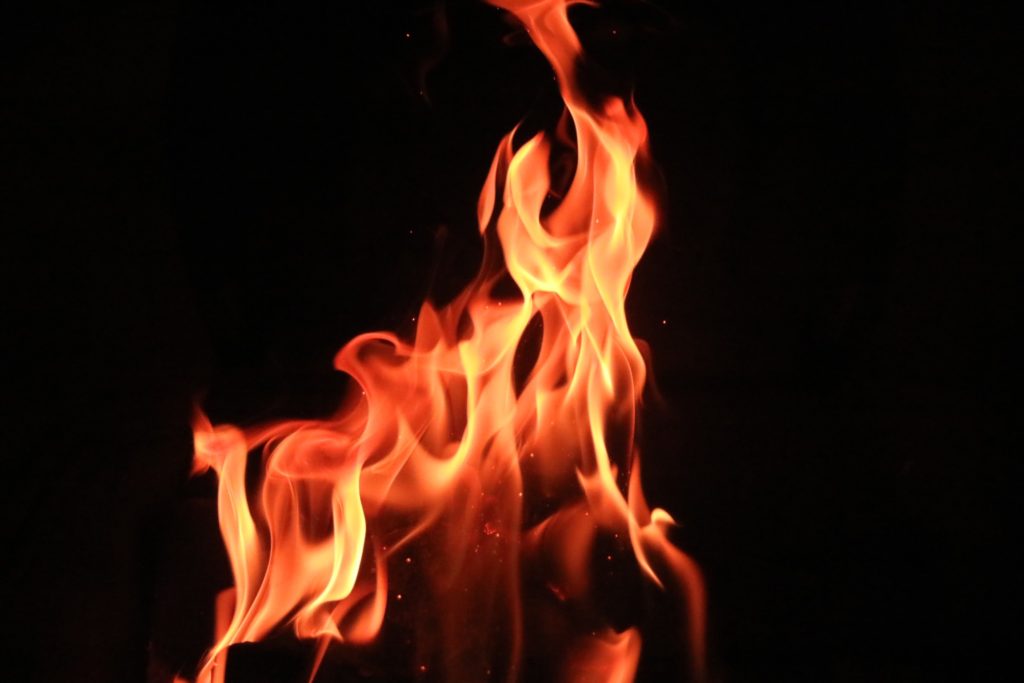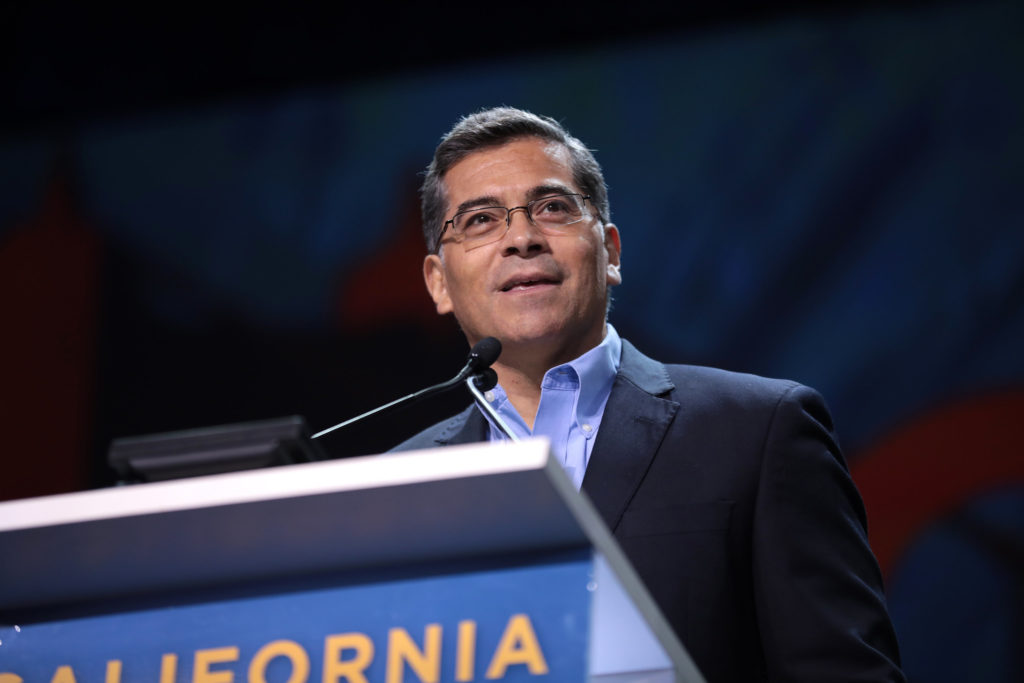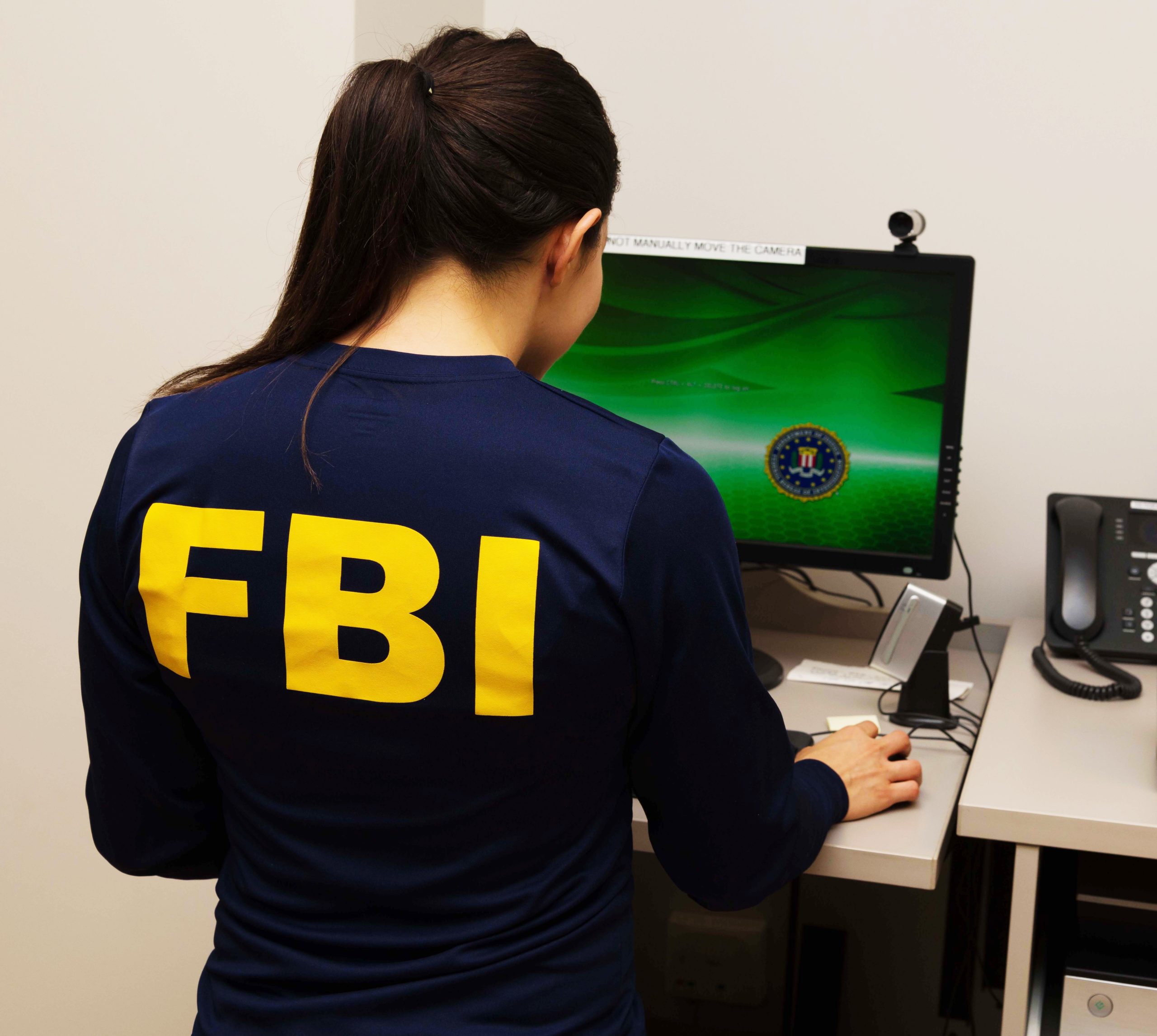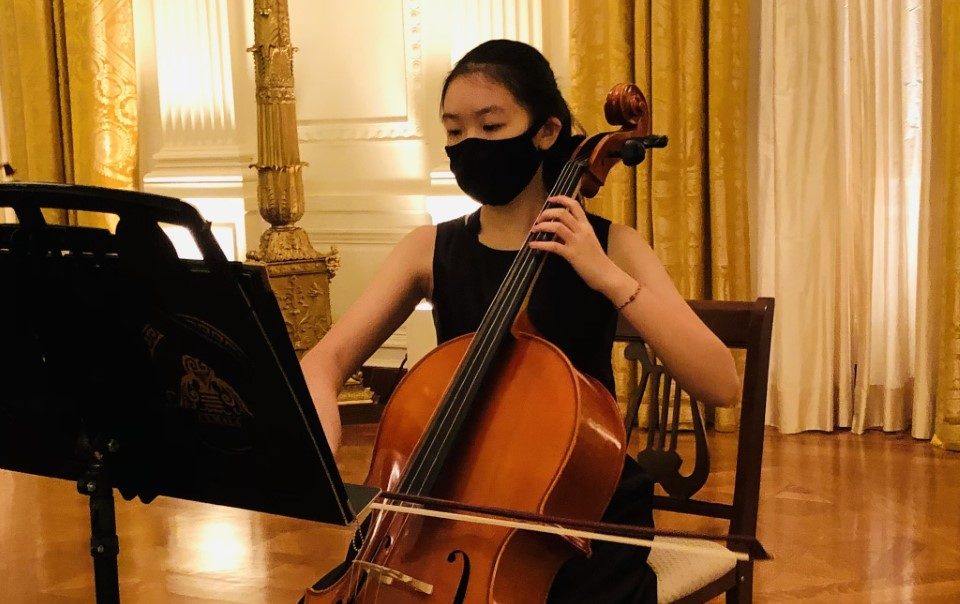By Brianna Chu
COVID-19 has swiftly made its presence known in every aspect of our lives, but especially so in our work lives. The pandemic has forced countless businesses to adapt or perish, and many have been unable to maintain their workforce sizes. Young graduates are stuck in an ever more competitive and punishing job market, as they must now compete with thousands who have been laid off from their previously held jobs and also have joined the search for employment. According to the Los Angeles Controller’s Office, the unemployment rate in Los Angeles County was 15.1% in September 2020, though the peak unemployment rate, rising above 20%, was recorded in May 2020. By July 2020, the two biggest industries hit were the accommodation and food service industry, which had lost approximately 73,902 jobs at that point, and the information industry, which had lost about 53,506 jobs.

However, while the overall landscape remains fairly bleak, the new working conditions have led to the acquisition of new skills or new career avenues for some.
College professor Ruth* lost her normal hours and had her entire teaching system upturned in March. Like many educators, she was abruptly forced to switch to online after a four-hour crash course in remote teaching. As a result, she struggled to teach her last semester of the 2019-2020 school year. Over the summer, she launched herself into professional development courses. “A lot of life is waiting for something to happen,” she says, “but I figure I might as well do something while I’m waiting!” She turned to as many online courses as she could access, not only about teaching remotely and human connection, but also on equity and inclusion, as George Floyd’s murder during the pandemic re-shone a spotlight on the systemic inequality throughout the country. She took time to consider: “How do I fit into this culture?”
The time and energy Ruth dedicated to learning and growing over the summer paid off. She is confident and enthusiastic about her class’s progress this year. Her focus has been on trying to incorporate more connection in her teaching; with all the time everyone is spending staring at their screens, it can be hard for anyone to feel seen and recognized as people. She encourages them to discuss freely and emphasizes to her students the importance of their mental health, especially now: asking them to journal or find a trusted adult to confide in if they’re struggling emotionally, and offering herself as a listening ear. Overall, she’s been impressed with how well her students have been handling the circumstances, too — she teaches in the dual enrollment program, where high schoolers take her college-level course and earn credits before they even get to college.

Ruth knows that online learning may be the norm for a while, so as she’s been adjusting to it, she has also been considering how many of the skills and techniques she has recently implemented can still be used even after the pandemic ends.
For Danny Estrada, the loss of work in his normal job became an extrinsic push to take the plunge into pursuing his passions as an artist. He had been working for years as a concierge at the Waldorf Astoria in Beverly Hills. When the pandemic hit, he immediately knew that things weren’t going to go well for the hospitality industry; and sure enough, he has been furloughed since about the middle of March, like many others.
Unlike others who may not be so lucky as to have a fallback, though, he had an idea of where to turn without his usual means of employment. For eight or so years, he had been cultivating his skills as a crêpe paper artist. In the past, he had briefly considered pursuing his artistic hobby professionally but hadn’t had the time or confidence to do so. Now, comfort couldn’t take priority: he didn’t have a choice. In his words, the situation was “do or die.” Los Angeles as a city has its fair share of outdoor vendors, so in the first few months of the pandemic, he worked up the courage and filed the appropriate paperwork for a vendor’s license, bought a pastel pink bike with a basket to be his stall, and headed out to the streets to share his flowers to the public — to whatever response they would receive.

And he has indeed received validation for his years of work honing his craft as he has taken to the streets of Old Town Pasadena, selling his beautifully realistic paper flowers out of the basket of his bike. When we spoke, he was in the midst of completing a sunflower project for a client he met on the street. “In a way,” he muses, “the pandemic has been a blessing for my art, though it obviously hasn’t been for the general public.”
But the past few months haven’t been all sunshine and roses; he’s had some frustrating days, too. His bike has fallen over, spilling hours of labor onto the concrete, and he had to purchase a sign when he realized that some people didn’t realize he was selling anything. Estrada now has a pink umbrella for his storefront, too, and a name for his business: Uflorya.
While he once made the journey out to Venice to try and sell his flowers on Abbot Kinney Road, he has found that his hometown of Pasadena is the ideal location for him. Old Town Pasadena has good foot traffic and is a particularly fitting locale, as the city itself is tied to a love of botany: what could be more fitting than selling lifelike paper flowers in the City of Roses and the home of the Rose Parade?
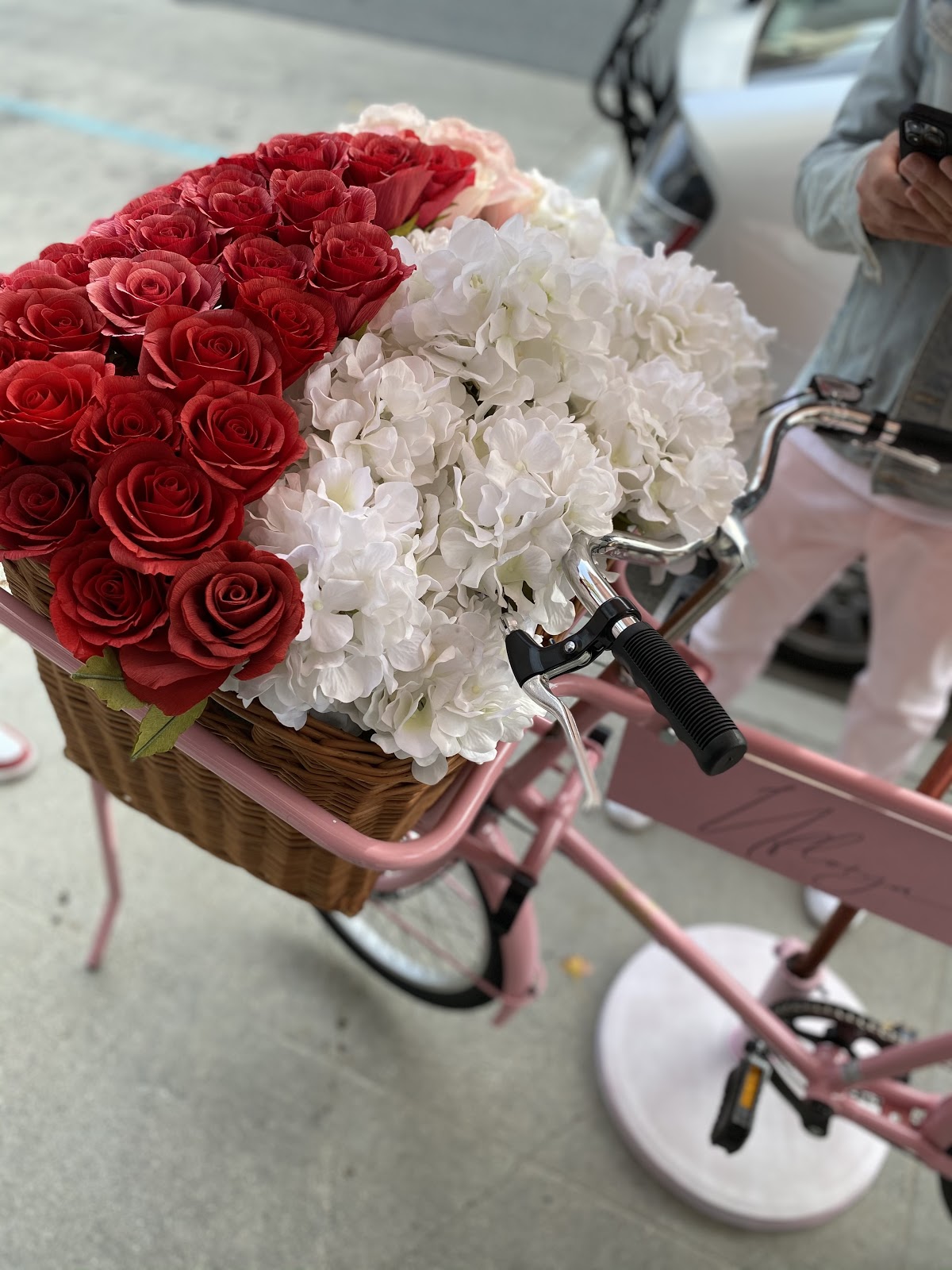
As sales rose, he dedicated more time to learning new techniques and added more flowers to his repertoire, capturing the delicate petals and vibrant colors of peonies, roses, daffodils, and the distinctive California poppy. He tries to be out on the streets five days out of the week if he can, but he is getting to the point where he is probably going to need extra help to keep growing his business so he can pursue it as his primary—and for the foreseeable future, only—source of income. He’s excited and grateful to be able to bring his art to people and to have received such positive feedback. “Especially during these dark times,” he adds, “I hope my art helps bring energy and adds happiness to people’s days.”
*Name changed for privacy

